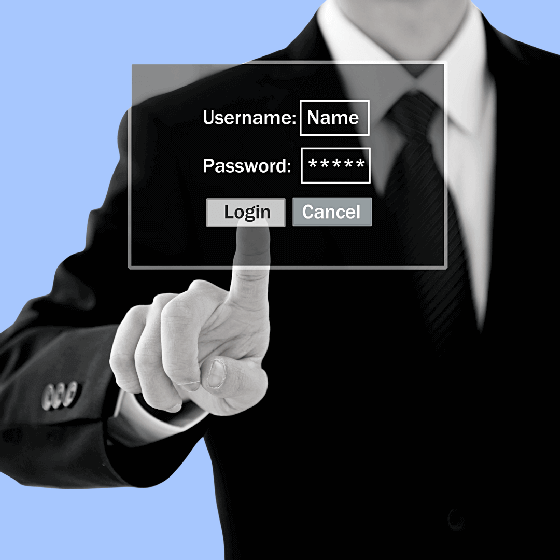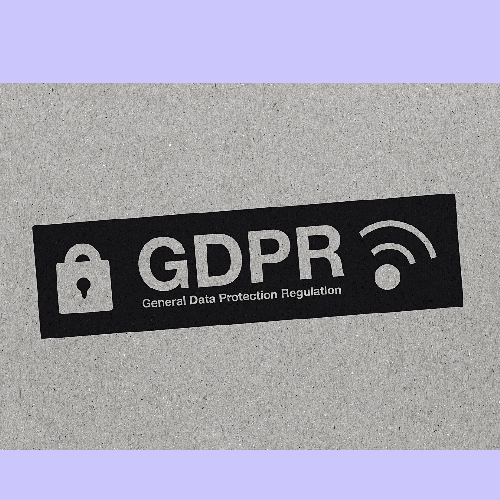
A comprehensive guide to U2F security keys
A wise man once said, "Passwords aren't safe anymore, we need more" and that's how multi-factor authentication(MFA) and 2 factor authentication (2FA) came into place. Can't say what he might have said led to MFA, but we know what he said is right. We do need more than just passwords- More coffee! How else are we supposed to think of stronger passwords or an improved authentication, per se?

What are YubIkeys and how do they work?
Password is one layer of authentication; a biometric or SMS authentication makes it 2 factor authentication, or 2FA. The 2nd layer makes your resource secure enough to prevent phishing attacks and unauthorized access. But, with SMS being a second factor, messages are unencrypted and can be hacked, hence enabling the attacker to hack into your system.

What is SAML authentication
We've them all by default on our mobiles; Google apps- Gmail, Google Drive, Google Photos, etc. We know that each of these three have their own distinct purpose, and let's be honest, can we really live without either of them? A no would be an unrealistic and a delusional answer, unless you're 8 years old.

What is a remote access VPN?
Remote work has become popular over the past few years and remains so because of the flexibility it offers without necessarily taking down productivity. You can sit at a fancy cafe with your favourite coffee and parallelly meet your deadlines on time, if not sooner. Quite a bonus, isn't it?



Know how conditional access works in depth
You make yourself a really good sandwich for lunch at work. You keep it in the refrigerator in the morning. By lunchtime, you find half of it eaten, and yes, it is maddening. Starting the next day, you place a strong note to scare coworkers into not taking it.




Identity protection with UBA
Historically, a major part of security investments have been allocated to preventive security controls. Although this may seem like a good strategy in theory, preventive security controls are not preventive security controls are not effective against data breaches all the time.


Multi-factor authentication
Since 1960, passwords have been the de facto method for proving that a person is who they claim to be. This is a testament to the reliability and popularity of passwords. However, passwords have their shortcomings. If passwords are the only way to gain access to a user account, whoever knows the password can access the account.

Secure access service edge
In its 2019 report, Gartner defined the SASE framework as a cloud-based cybersecurity solution: "The Future of Network Security is in the Cloud," which offers "Comprehensive WAN capabilities with comprehensive network security functions such as SWG, CASB, FWaaS, and ZTNA, to support the dynamic secure access needs of digital enterprises.





Hybrid IAM
For organizations that depend on the on-premises IT infrastructure and traditional security models, it is easier to verify and authorize everything inside the corporate network, including devices, users, applications, and servers. Users trying to gain access from outside the corporate network are authenticated using virtual private networks (VPNs) and network access control (NAC).

Governance, Risk Management, and compliance
As organizations expand, so does the complexity of their operations; i.e., the volume of information handled by the company increases in size. The information stored within the company may belong to a diverse group of sectors with varying degrees of sensitivity attached to them.








Why are native Active Directory tools obsolete nowadays?
Active Directory (AD) tools were once the gold standard for managing user accounts and permissions. But today, there are better options available that provide more features and flexibility. In this article, we'll take a look at why native AD tools are obsolete, and what alternatives you should use instead.

4 AD management mistakes that can affect your organization's cybersecurity
ince the dawn of digitization, cybersecurity has been a prevailing cause for concern. Over time, it has become increasingly difficult to operate and maintain network security as hackers and cyberattackers continue to.

How to efficiently manage groups and users in Active Directory in 8 steps
Active Directory (AD) is a directory service provided by Microsoft for digital identity management AD helps organizations arrange objects and resources in the network hierarchically, which enables system administrators.












User and entity behavior analytics (UEBA)
UEBA was previously known as user behavior analytics (UBA). In 2015, the word entity was added by Gartner to include routers, servers, and endpoints. UEBA is a cybersecurity technique used to analyze the suspicious activities of users, devices, and other resources in a network using machine learning and algorithms that flag behavior that could indicate a cyberattack.

6 essential capabilities of a modern UBA solution
UBA is a security method that involves monitoring user activity to detect suspicious behavior. UBA solutions are designed to help organizations protect themselves from insider threats and cyberattacks.UBA solutions work by analyzing user activity data to identify patterns of behavior that may indicate a security threat. UBA,...




Why SIEM is the best defense against cyberthreats?
As IT services and infrastructure gravitate towards hybrid models, and with the recent proliferation of data, it is becoming imperative for organizations to have a centralized security solution to track users' behavior and critical security incidents.

3 ways to prevent cyberattacks using real-time alerts
Integrating real-time data with machine learning and advanced analytics can help preempt a user's anomalous activity. Assisting IT admins with predictive insights enables them to take decisive actions to protect their organization.

What is compliance management?
Cyber threats and attacks have been all over the world, and to get into fight or flight every time an attacker throws a breach or any attack at you is too much of a pickle. You'll end up losing your data and money, not to forget- your sanity. You will also have to rebuild your documents and other data.

Understanding incident management
It's Monday, 9 am. You're off to work and you think of withdrawing some cash before you check in. You grab a good coffee from your favourite barista, and you're off to the ATM. You're standing in front of the ATM machine, swiping your card, hoping to get some cash.


5 simple steps to HIPAA compliance
The Health Insurance Portability and Accountability Act (HIPAA) is a set of regulations designed to protect the privacy of patients’ health information. If your business deals with any kind of protected health information (PHI), then you need to be HIPAA-compliant.





NIST password guidelines: Bolstering password security
Weak, repetitive, and recycled old passwords can be easily exploited by threat actors, leaving organizations vulnerable to data breaches.Thankfully, the National Institute of Standards and Technology (NIST) has released guidelines to help organizations bolster their password security.

The principle of least privilege
The principle of least privilege (PoLP) states that any user or entity should only have the privileges required to perform their intended function. "Least privilege" refers to the minimum level of privileges that a user needs to complete their task.



